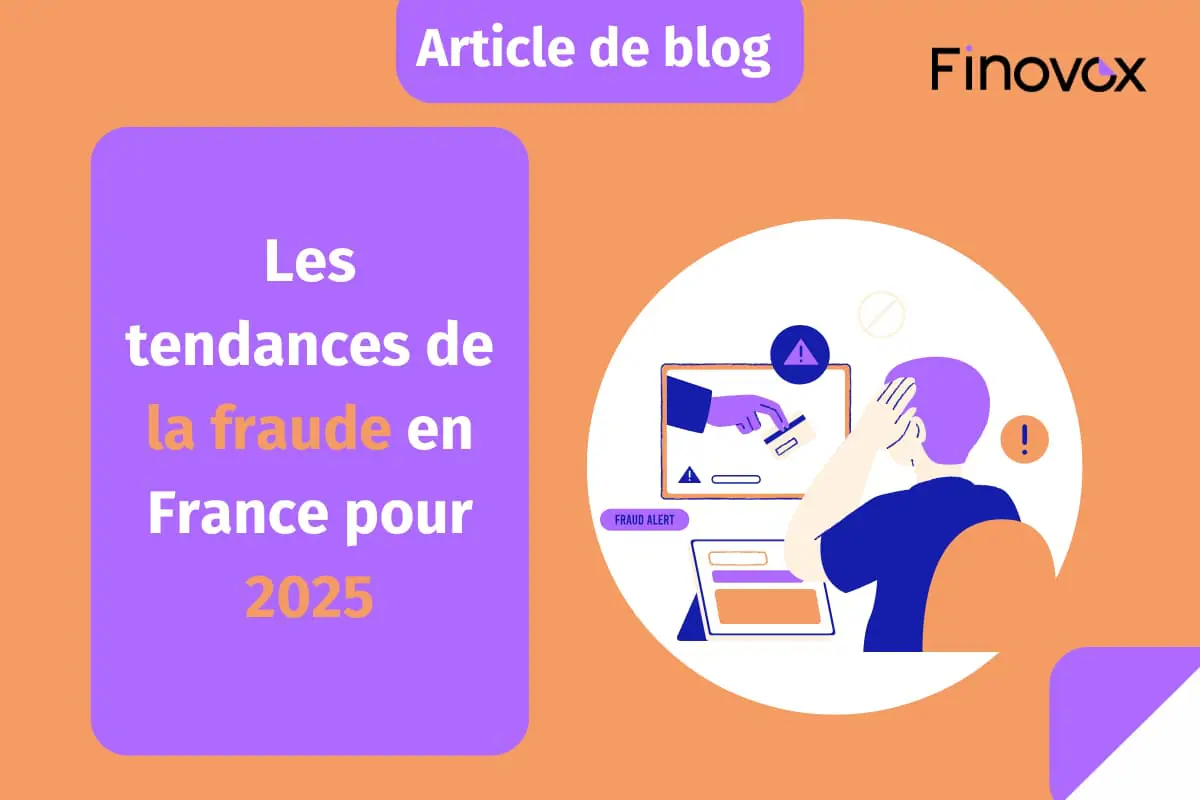
In 2025, technological developments and economic changes continue to transform the fraud landscape in France. Cybercriminals are becoming more ingenious. They take advantage of the new opportunities offered by digitization and the interconnection of systems. In this context, it is essential for businesses and public institutions to prepare themselves to combat these new practices.
To find out more about the numbers associated with document fraud, read on: The big figures of document fraud in businesses
With the massive adoption of artificial intelligence, fraud based on this technology is increasing.
Les Deepfakes, for example, are used to manipulate visual and vocal identities, making it easier to scams. We think in particular of President fraud Or at identity impersonations.
Digital assets like Cryptocurrencies have become a breeding ground for fraud. In 2025, scams related to initial coin offerings (ICOs), to e-wallets And to Blockchain-based Ponzi schemes are developing more and more.
Good to know:
Blockchain is a model for storing and transmitting data. The information is linked to each other and protected from change.
Despite increased awareness, the phishing remains a major fraud method in France. This fraudulent technique is intended to deceive the Internet user to Encourage him to communicate personal data.
For example, an employee might receive an email that seems authentic and comes directly from their CEO. In this message, an urgent request for a transfer of funds is made, along with specific details about the company, such as project names or internal financial information. These details reinforce the illusion of authenticity. The employee then executes the request without being suspicious.
In 2025, attacks will be able to become more targeted thanks to the exploitation of personal data available on the dark web.
We interviewed the Deputy Director of Studies and Payment Supervision at the Banque de France. It mentions phishing, payment fraud, smishing, and identity theft. Want to know more? It's over here: Julien Lasalle: Interview with the Deputy Director of Studies and Payment Supervision at the Banque de France
With the continuous increase in online purchases, fraud related to ecommerce persisting. In particular, scams involving falsified marketplaces or fake sales sites are on the rise.
Moreover, new forms of payment, such as e-wallets and contactless payments, present new points of vulnerability at the dawn of 2025.
With the energy transition and the adoption of measures to reduce carbon emissions, new frauds are emerging.
Scams include carbon credit scams, the falsified environmental certifications And the fictional renewable energy projects.
For example, some unscrupulous companies sell fictitious carbon credits to other companies that want to offset their ecological footprint. These credits, presented as authentic, are in reality simple financial schemes and do not really exist.
Buyers then lose considerable amounts of money and have no access to any carbon credit!
To counter these trends, strong initiatives are being put in place:
The 3D view is an essential asset of detection tools. How does it work? We answer you: The 3D view in the analysis of false documents !
Faced with the rapid evolution of fraudulent strategies, Finovox is positioned as an essential leader in the prevention and detection of fraud.
Thanks to innovative technologies and in-depth expertise, Finovox helps businesses protect their assets and strengthen their security.
Whether in the field of e-commerce, payments or subsidies, Finovox offers tailor-made solutions to deal with these growing threats. Want to know more?